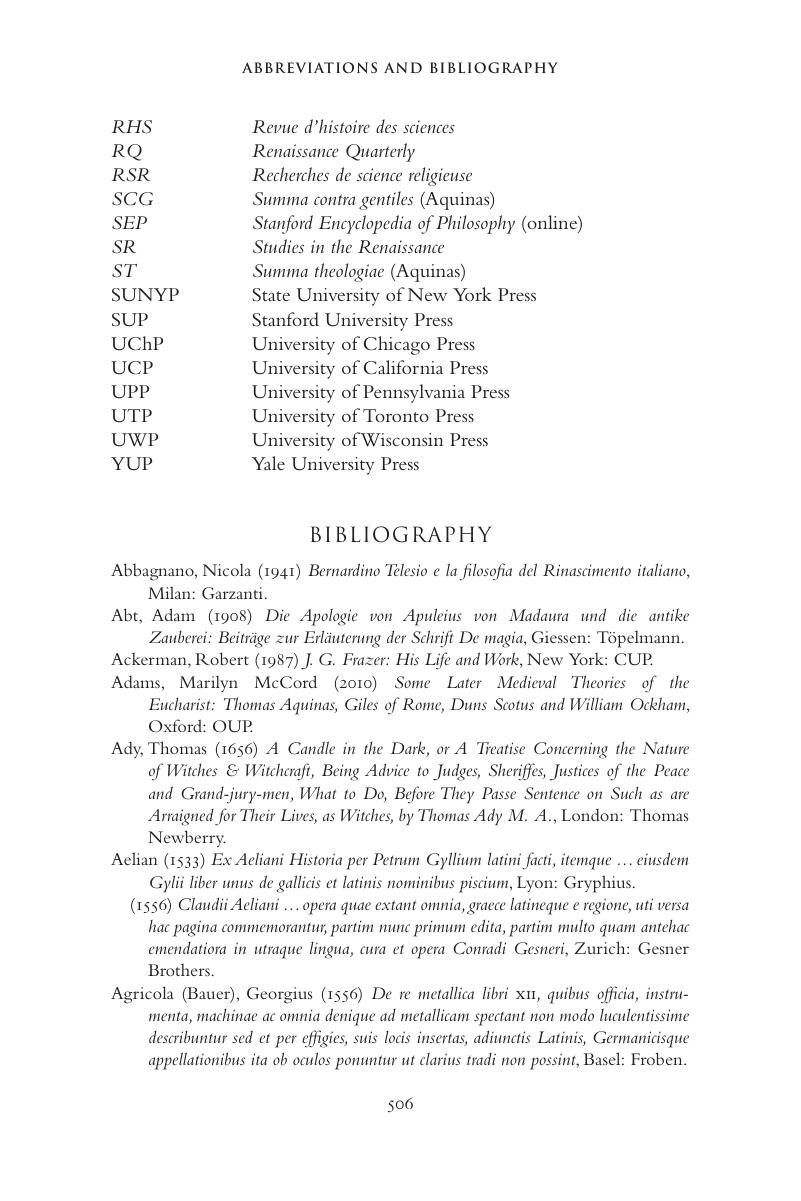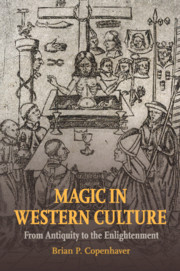Book contents
Bibliography
Published online by Cambridge University Press: 05 September 2015
Summary

- Type
- Chapter
- Information
- Magic in Western CultureFrom Antiquity to the Enlightenment, pp. 503 - 506Publisher: Cambridge University PressPrint publication year: 2015



